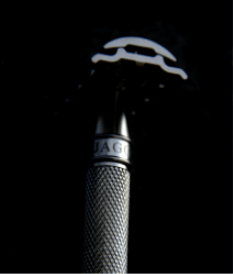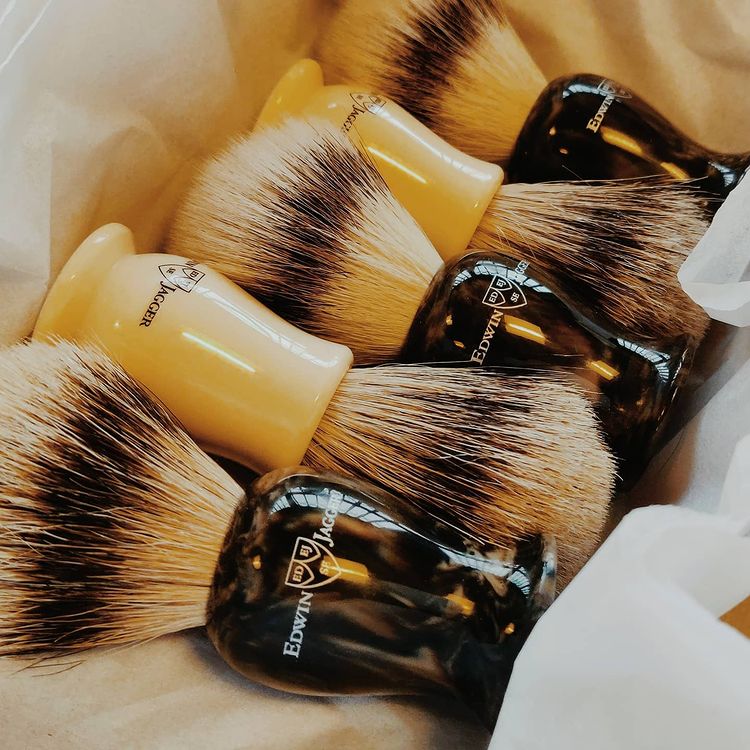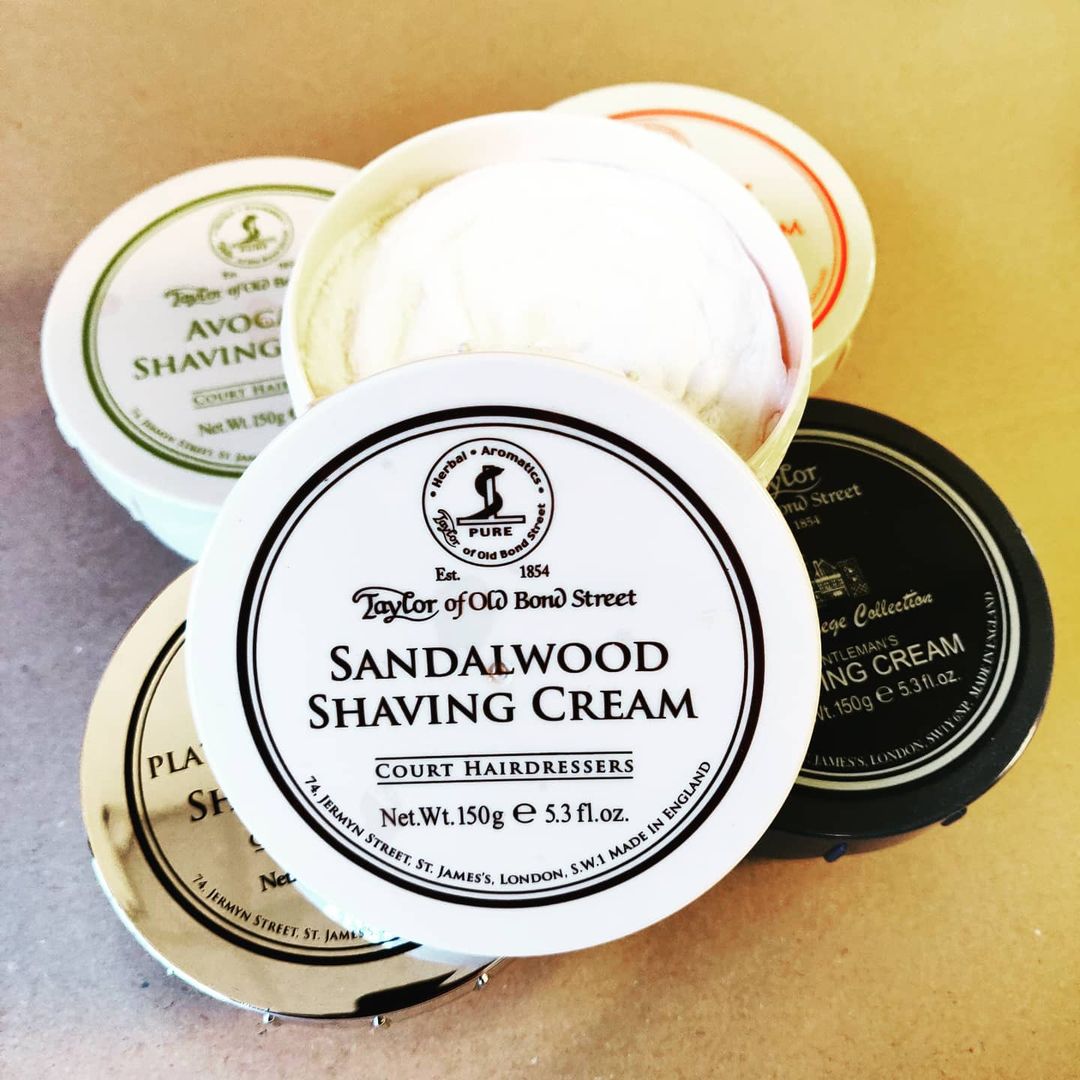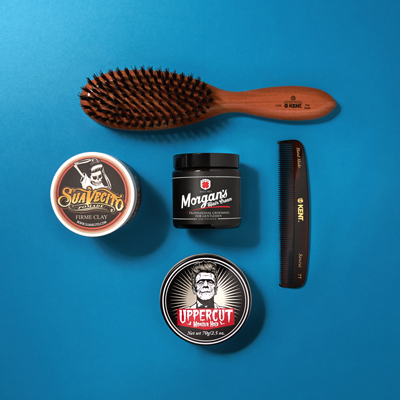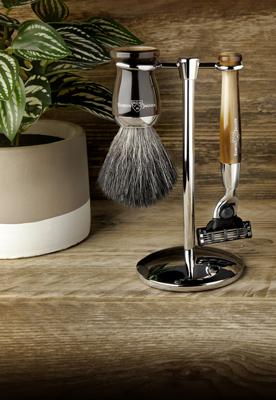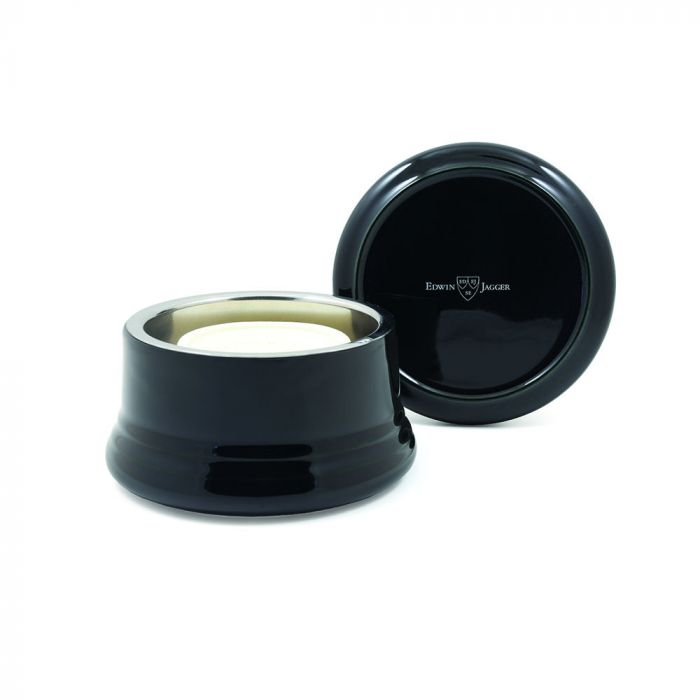Why Does Aftershave Burn?
Many men consider aftershave to simply provide a luxurious finish to a shave, much like a woman applying perfume. It’s not necessary, but it makes you smell nice! It means that when people experience that aftershave burn, they often simply decide not to use it. However, aftershave is a vital component in a shave that protects your skin, as well as giving a fragrance. So we’re tackling the question - why does aftershave burn and what can you do to stop it?

Why Does Aftershave Burn?
Aftershave burn occurs because, after shaving, your skin is left damaged and more sensitive. Aftershave has antibacterial properties that burn or sting when it comes into contact with nicks and cuts, or the new layers of skin exposed after shaving. It’s killing the bacteria that could lead to future razor burn, but can cause a stinging sensation during application.
Alcohol Content
All aftershaves should have antibacterial properties. These are vital as they protect your skin against bacteria that can lead to shaving rash. Traditionally, this was achieved with alcohol. It was splashed on to the face to kill bacteria after a shave, and was the genesis of many modern aftershaves. However, applying alcohol, or a product with a high alcohol content, to damaged skin can create a burning sensation. Nowadays, there are loads of aftershaves that don’t contain alcohol but still provide the antibacterial protection your skin needs to stay healthy after a shave. Choosing an alcohol-free aftershave lotion, like those at The English Shaving Company, can really help to reduce the aftershave burn.
Aftershave Splash vs Aftershave Balm
Traditionally, aftershave splash was the only form of aftershave available, but balm soon came onto the market. It provides a form of aftershave that’s more creamy and moisturising that the traditional splash. If you use the splash and find it burns, you could try swapping to a balm. These still can cause stinging, as the balm’s antibacterial properties work on your freshly-shaved skin, but the moisturising properties help to soothe the skin more effectively and immediately than a splash. Read more about moisturising in our blog on how to prevent dry skin. However, if you have very oily skin, the moisturising properties of aftershave balm could increase the levels of oils. For a lot of people, this is great as it keeps your skin from getting dry, but those with very oily skin might benefit from an aftershave splash instead. Find out more about the qualities of a good aftershave to learn what you need to look for for your skin type.
Technique
No matter how you shave, whether it’s with a DE safety razor or a plastic throwaway, your skin will always be somewhat damaged afterwards. The sharp blade that’s required to cut the hairs and give a close shave scrapes against your skin and removes the very fine top layer. This exposes newer skin that is less hardened and weathered, and is therefore more sensitive. This is the same no matter how great your shaving technique. However, a high quality shave will limit the amount of aftershave burn your skin suffers. A poor quality razor and dull blade increases the chances of nicks and cuts, which really sting when they come into contact with aftershave. Ensure you use a good razor and frequently change your blades in order to reduce cuts and minimise aftershave burn. Protecting your skin before and during your shave can also help to reduce the damage caused by shaving. When your skin is less damaged, the aftershave will burn less. There are all sorts of options such as pre shave soaps which provide an additional layer of protection, through to high quality shaving creams which offer extra glide and cushion. Unlike canned shaving foams, traditional shaving soap and cream provide the perfect level of lubrication so a shave doesn’t cause as much damage to your skin. Do you experience aftershave burn and what do you do to minimise it? Leave a comment to share your experience.



